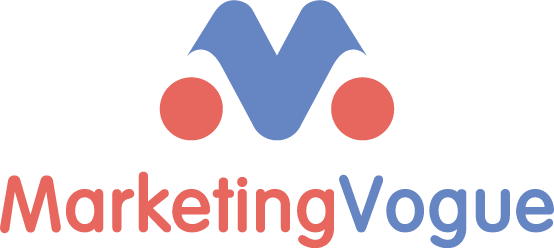In B2B sales and marketing, two core strategies drive revenue: customer acquisition and customer retention. While these approaches are often pitched against each other, they are both critical to business growth. The real question is: should you focus more on one to increase revenue? If so, which one?
Let’s explore what acquisition and retention mean, the strategies involved, and how intent data can enhance conversions for both, ultimately driving more revenue.
What is Customer Acquisition?
Customer acquisition is the process of attracting new customers to your business. This involves building awareness, generating interest, establishing trust, and convincing potential buyers that your product or service can solve their problems.
Common customer acquisition methods in B2B include:
- Digital advertising (including at events)
- Email marketing and nurturing campaigns
- SEO content that addresses common queries
- Outbound outreach (calls, emails, social media)
- Educational content like webinars, white papers, and videos
What is Customer Retention?
Customer retention focuses on keeping existing customers happy and engaged so they continue to buy from you. The goal is to nurture long-term relationships by ensuring customers continue to see value in your product or service.
Retention strategies in B2B often include:
- Excellent customer support and timely issue resolution
- Ongoing product enhancements and new feature releases
- Personalized email campaigns to keep customers engaged
- Customer feedback through surveys and reviews
- Exclusive events or webinars to provide value beyond the product
Benefits and Challenges: Acquisition vs. Retention
Both customer acquisition and retention offer unique benefits, but they also come with their own challenges.
Benefits of Customer Acquisition
- Expands your customer base and market share.
- Increases visibility and brand recognition.
- Drives initial growth, helping you to scale your business.
However, acquiring customers is costly. When entering a new market, you must spend time and money to identify prospects, craft targeted messaging, and create content for a broad audience. Additionally, the purchasing decision often involves multiple stakeholders, making the process lengthy and complex.
Benefits of Customer Retention
- Stabilizes revenue by reducing churn.
- Encourages repeat purchases, which are often more profitable.
- Lowers acquisition costs since existing customers are more likely to buy again.
The challenge with retention is measuring engagement. Customers may quietly disengage, and if you don’t monitor them closely, they could churn without any warning signs. Identifying these customers early on and addressing their concerns is key.
Should You Focus More on Acquisition or Retention?
A sustainable business needs both acquisition and retention. But where should you invest more resources?
Many organizations prioritize acquisition because the results are visible and tangible. However, focusing only on acquisition can be risky, especially if churn rates rise at renewal time. Retention efforts often cost less and can provide stable, predictable revenue over time.
On the flip side, focusing too much on retention can lead to stagnation. You still need new customers to grow and diversify your revenue streams. In fact, research suggests that acquisition plays a crucial role in market growth and brand recognition.
The solution? A balanced approach. Customer acquisition fuels long-term growth, while retention keeps your revenue stable and predictable.
How Intent Data Can Boost Acquisition and Retention
Intent data is key to improving both customer acquisition and retention. It reveals potential and existing customers’ behaviors and signals their intent to purchase or stay with your brand.
Using Intent Data for Customer Acquisition
Acquiring customers often involves a lot of guesswork. But with intent data, you can make more informed decisions. By tracking online behaviors such as search queries, content engagement, and interactions with competitors, intent data shows you who is actively researching solutions like yours.
This allows you to:
- Identify high-value prospects based on their level of interest.
- Personalize your outreach to increase conversion chances.
- Prioritize leads that are most likely to buy, saving time and resources.
Using Intent Data for Customer Retention
Retention is just as critical, but harder to measure. Intent data helps by showing when your customers are exploring other solutions, signaling potential issues or dissatisfaction. It also reveals which features they’re interested in, so you can proactively reach out to offer new products, features, or support.
With intent data, you can:
- Spot early signs of churn by tracking customers’ research behavior.
- Personalize retention strategies, offering targeted content, upsells, or support.
- Segment your customers based on their needs and preferences, ensuring more relevant engagement.
How MarketingVogue Can Help You Use Intent Data
If you’re ready to enhance your sales and marketing efforts, MarketingVogue can provide the intent data you need. With our advanced tools and insights, you can gain a deeper understanding of your prospects and customers, helping you make data-driven decisions that accelerate your pipeline.
Ready to take your customer acquisition and retention to the next level? Speak to a MarketingVogue representative today.
In summary, both acquisition and retention are vital for growing and stabilizing your business. By leveraging intent data, you can sharpen your strategies, increase your conversions, and ensure a more efficient, personalized approach to both customer acquisition and retention.


